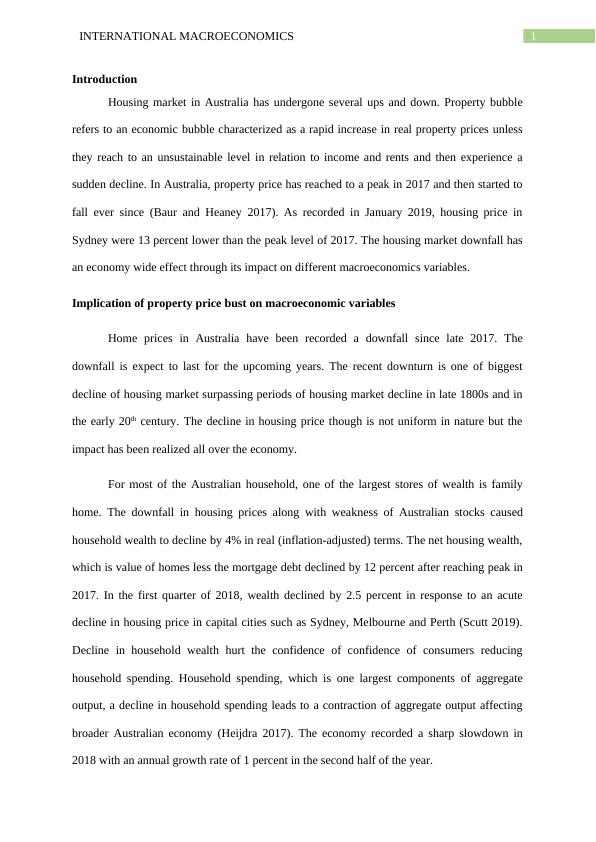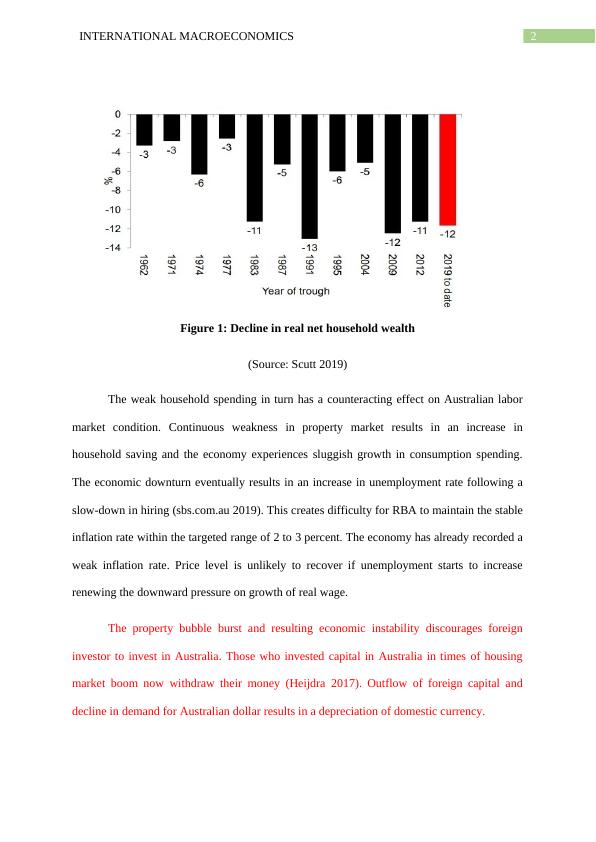Impact of Property Price Bust on Macroeconomic Variables
Added on 2023-01-18
8 Pages1698 Words82 Views
End of preview
Want to access all the pages? Upload your documents or become a member.
State of the Australian economy in terms of macroeconomic indicators
|11
|2121
|16
Macroeconomics: Economic Events and Policies from 2000 to 2010
|20
|1391
|487
Australia's GDP Growth Rate in 2017 and its Impact on the Economy
|10
|1687
|75
Analysis of Low Real Wage Growth in Australia
|7
|1024
|105
Housing Boom or Addiction to Safety
|17
|3470
|337
Role of Fiscal Policy in Stabilizing the Australian Economy
|20
|3091
|45



